Cheonan World Dance Festival (천안흥타령춤축제)
2025-07-11
208 Beonyeong-ro, Seobuk-gu, Cheonan-si, Chungcheongnam-do
+82-41-900-7020
The Cheonan World Dance Festival is a global event that brings everyone together through dance, transcending nationalities and language barriers. Dancers from all over the world gather in Cheonan to participate in various festival programs. The National Dance Competition is the highlight of the festival, with a total prize of about 100 million won. There is also the Street Dance Parade across the city center and the International Dance Competition in which dance teams from across the globe participate. Other shows include the energetic performances of the National University Cheerleading Competition and the exciting “Improv Dance Battle,” where everyone can join in on the fun.
Chuncheon Mime Festival (춘천마임축제)
2025-07-10
357-39 Jungdo-dong, Chuncheon-si, Gangwon-do
+82-33-242-0585
The Chuncheon International Mime Festival is recognized as one of the world’s top three mime festivals, alongside France’s Mimos Mime Festival and the London International Mime Festival in the UK. The festival kicks off with “City of Water: Ah! Surajang,” transforming the city center into a massive water park. The highlight of the festival is the fire performance “City of Fire: Dokkaebi Nanjang,” which lights up the dark night. During the festival, various performances based on “body, movement, and image” are held throughout Chuncheon. As a performing arts festival connecting the city, art, and its citizens, it continues to grow in popularity as one of Korea’s leading performance festivals.
Hadong Wild Tea Cultural Festival (하동 야생차문화축제)
2025-07-11
571-25 Ssanggye-ro, Hadong-gun, Gyeongsangnam-do
+82-55-880-6583
The Hadong Wild Tea Cultural Festival is a fragrant celebration in Hadong, a region renowned for its green tea, historically known as the “king’s tea” due to its royal offerings. The Hadong 1000-Year Dahyang Trail is perfect for leisurely walks, connecting hills and tea fields with decked paths and narrow village roads. Following the successful “World Tea Expo 2023 Hadong, Korea,” the festival solidified Hadong’s reputation as a “tea-refreshing cultural city.” The diverse program includes tea cup busking, moving art galleries, music and art spaces, tea classes, book discussions, meditation and refreshing programs, and trekking on the 1000-Year Dahyang Trail, providing ample opportunity to fully experience Hadong and its tea culture.
◎ 1000-Year Dahyang Trail
Hadong’s proximity to the Seomjingang River results in frequent fog and high humidity, coupled with significant temperature variations, creating an ideal environment for tea cultivation. Historical records indicate that tea has been grown here for a thousand years, marking Hadong as the birthplace of Korean tea cultivation.
Hampyeong Butterfly Festival (함평나비대축제)
2025-07-11
27 Gonjea-ro, Hampyeong-gun, Jeollanam-do
+82-61-320-2247
The arrival of spring, the blooming of flowers, and the fluttering of butterflies signal the beginning of the Butterfly Festival in Hampyeong. The festival holds exhibitions on flowers, butterflies, and insects, as well as cultural and art performances featuring various stories about the environment. There are also displays of butterfly and insect specimens from around the world at the Butterfly Ecology Center. Visitors can enjoy various eco-activities, including kite flying, a visit to the dairy farm, and traditional folk games. The most popular activity for families is trapping butterflies in small bottles and setting them free in the flower gardens. At the festival, there is also a food market and a special performance for visitors on Children’s Day.
Boryeong Mud Festival (보령머드축제)
2025-06-27
Sinheuk-dong, Boryeong-si, Chungcheongnam-do
+82-41-930-0891
Among the many festivals in Korea, the Boryeong Mud Festival attracts the highest number of international visitors. Held annually in summer, the festival is filled with people eager to enjoy various experiences using high-quality mud from the Boryeong coast. Festival programs include the Mud Slide, Mud Run, and Mud Bath, providing a diverse range of activities for visitors. People of all ages and all nationalities gather for a jolly old time of jumping, rolling, and sliding. You can paint your body with colored mud, give yourself a mud massage, and play in the mud to your heart’s content. Highlights include the Ocean Fireworks Fantasy Show, Mud Busking Performances, and the Poseidon Water Music Festival, all of which add to the romantic atmosphere of a summer seaside celebration.
◎ Mud
Mud refers to grimy and watery earth on tidal flats along coastlines. Mud is rich in natural minerals that prevent skin from aging and give it fresh vitality and elasticity.
Andong Maskdance Festival (안동국제탈춤페스티벌)
2025-07-29
200 Chukjejang-gil, Andong-si, Gyeongsangbuk-do
+82-54-840-3400
Held in Andong Hahoe Village, a UNESCO World Heritage site, the Andong Maskdance Festival offers a vibrant experience of traditional culture and mask dance performances. This festival will be particularly intriguing to those who are already familiar with the Andong mask dance. The festival showcases mask dance performances, such as Hahoe Byeolsingut Tallori (Mask Dance Drama of Hahoe), which is an Intangible Cultural Heritage of Korea, and mask dances from around the world. The main event is the Tallori Daedongnanjang Parade, in which locals, tourists, and international troupes dance together wearing various masks. Visitors can also see situational plays and play folk games such as Chajeon Nori (Chariot Battle) and Notdari Bapgi (Walking over a Human Bridge).
◎ Hahoe Mask
The Hahoe Mask is a wooden mask traditionally used for Hahoe Byeolsingut Tallori in Hahoe Village. As the oldest mask in Korea, it is designated as a national treasure.
Hwacheon Sancheoneo Ice Festival (얼음나라화천 산천어축제)
2025-07-11
137 Sancheoneo-gil, Hwacheon-gun, Gangwon-do
+82-1688-3005
The Hwacheon Sancheoneo Ice Festival is a unique winter festival that was selected by CNN as one of the “seven wonders of winter” in 2011. The festival is held when Hwacheoncheon Stream freezes over, and visitors can enjoy ice fishing. During the festival, visitors can catch sancheoneo (cherry salmon), nicknamed the “Queen of the Valley,” through holes drilled in the ice and then taste their catch by grilling it or having it prepared at the sliced raw fish center. In addition to ice fishing, there are lure and barehand fishing and fun activities such as sledding, bobsledding, and ice soccer. The festival is a popular event among people of all ages, attracting more than 1 million visitors every year.
◎ Sancheoneo Fish (Cherry Salmon)
Sancheoneo is a species of fish that belongs to the salmon family and lives in the cleanest valleys with water temperatures of 20°C or below. It is rich in amino acids, essential fatty acids, and vitamins.
Inje Icefish Festival (인제 빙어축제)
2023-12-29
555-2 beon-ji, Bupyeong-ri, Inje-gun, Gangwon-do
+82-33-460-8954
The Inje Icefish Festival takes place within the pristine nature of Inje. Visitors can enjoy fishing as well as other exciting winter activities. The festival was first held in 1997 and has grown with each year thanks to the interest and support of visitors.
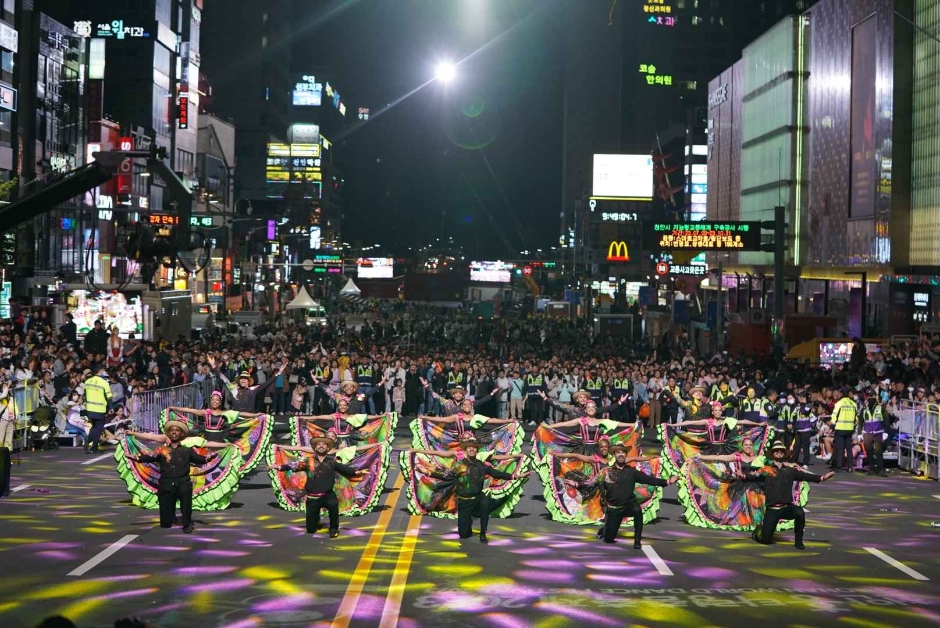

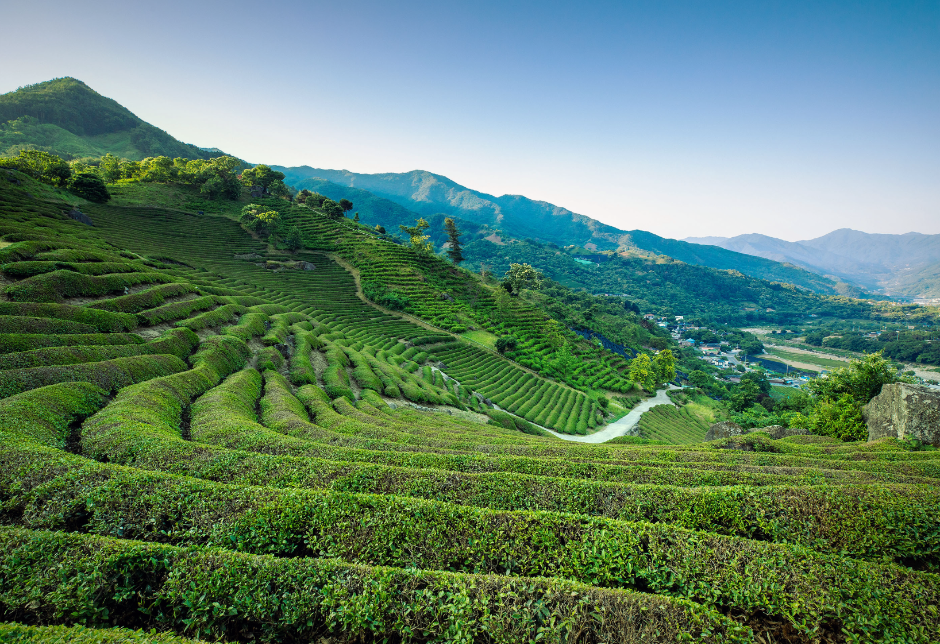
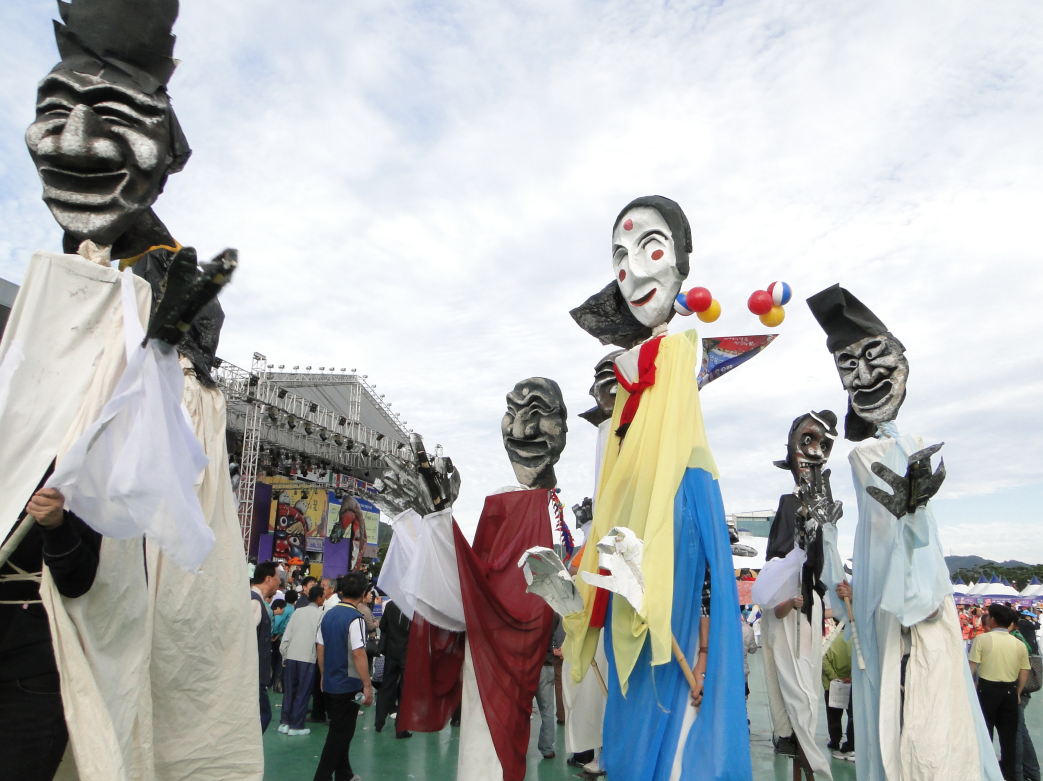
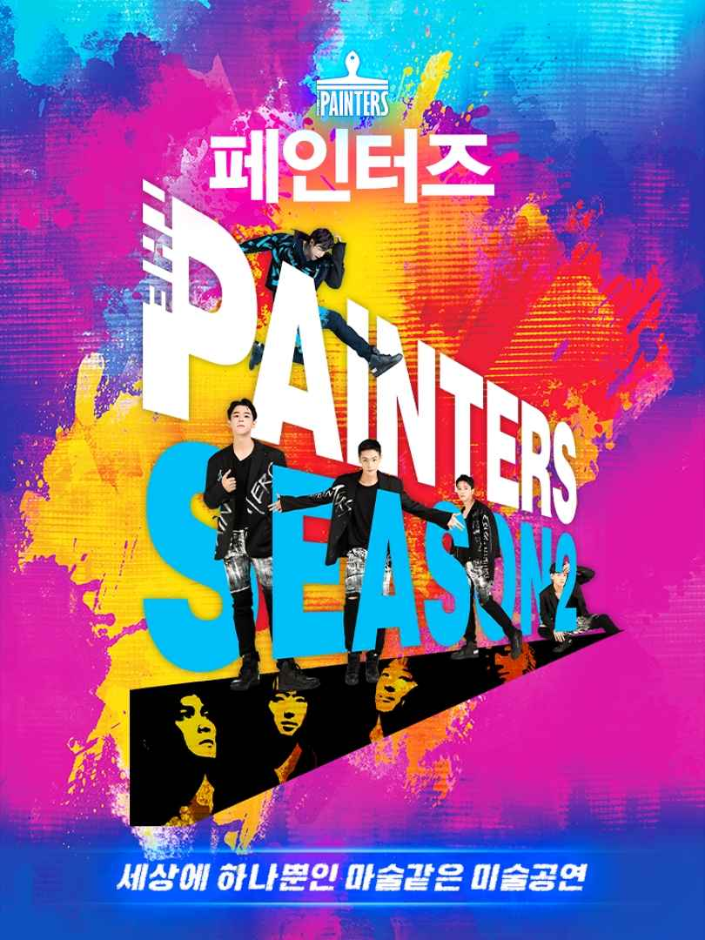
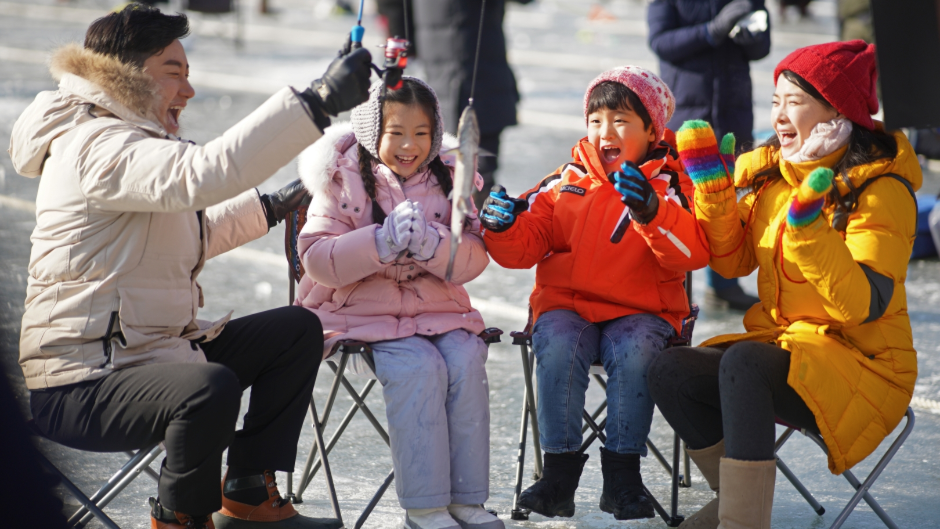
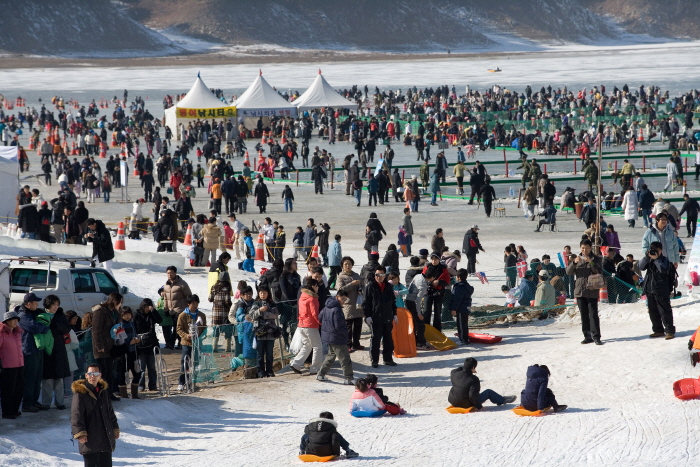

 English
English
 한국어
한국어 日本語
日本語 中文(简体)
中文(简体) Deutsch
Deutsch Français
Français Español
Español Русский
Русский